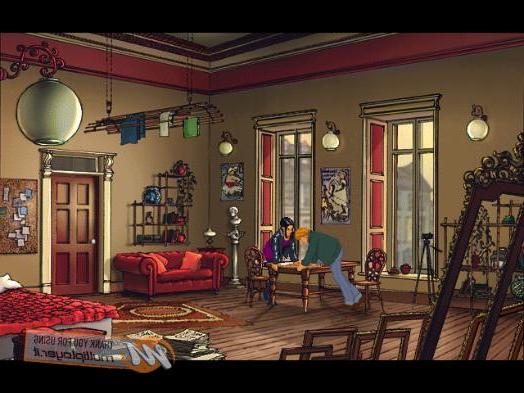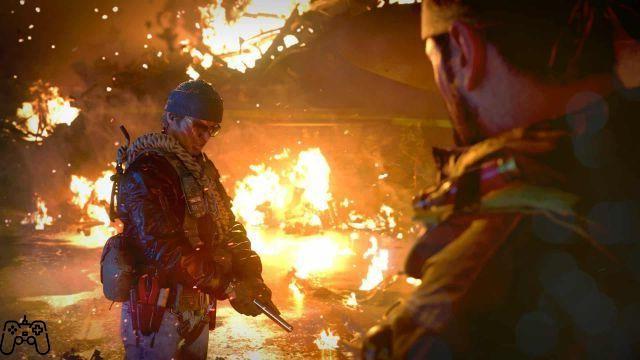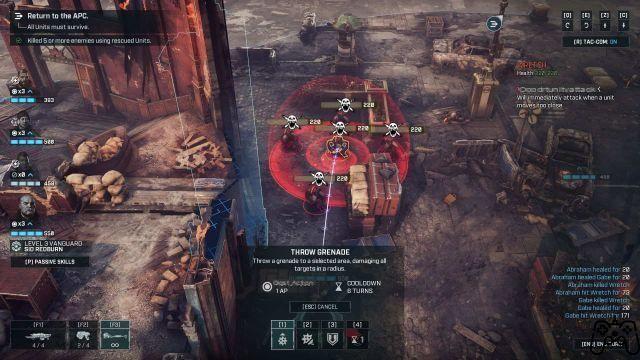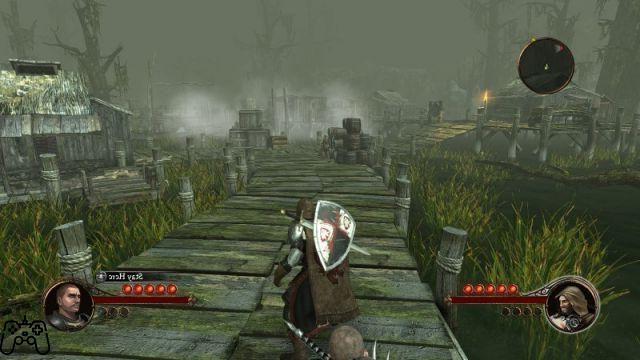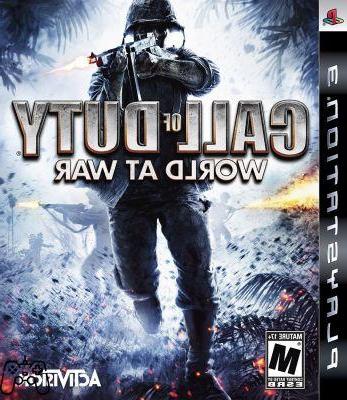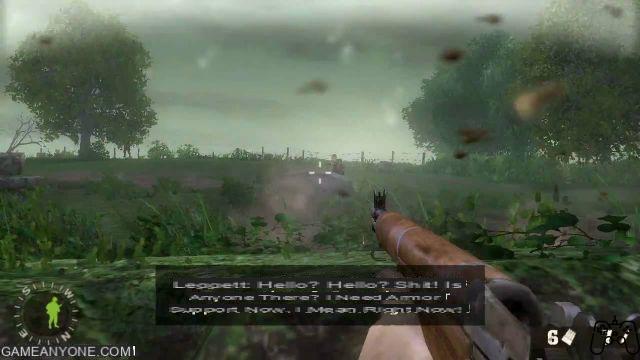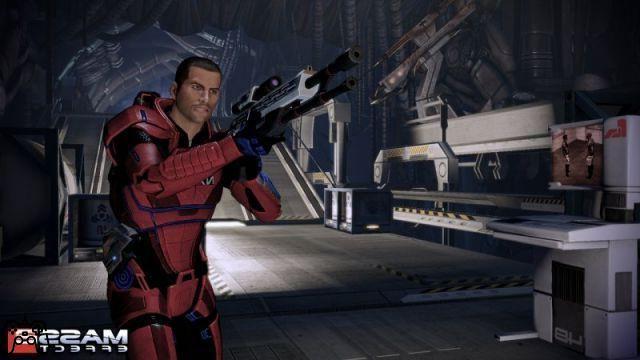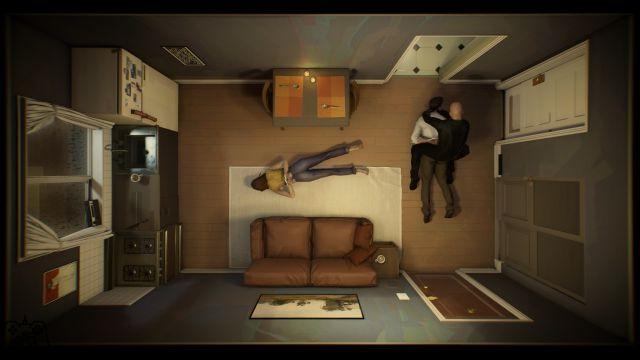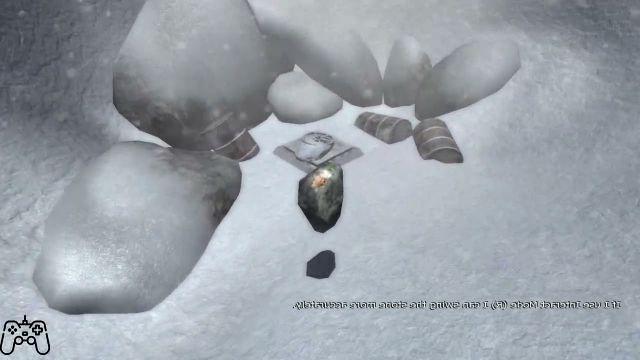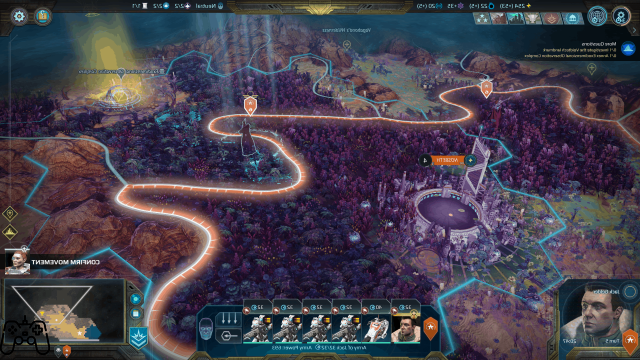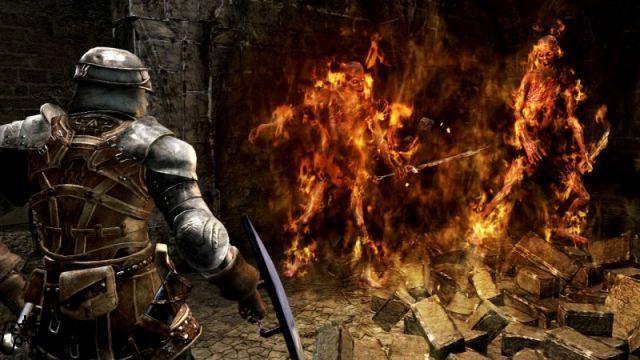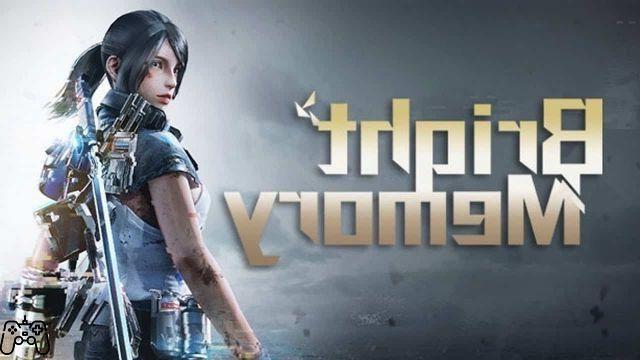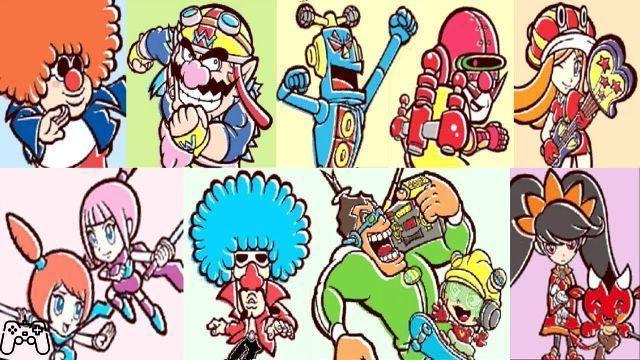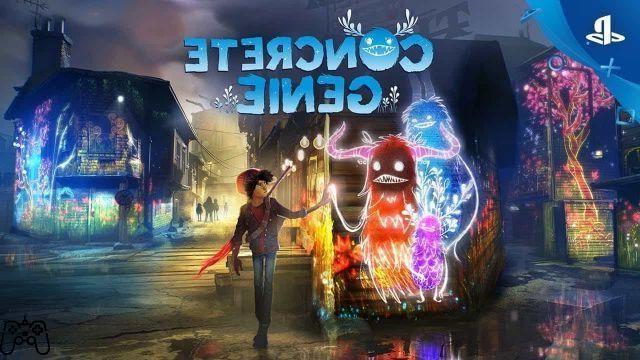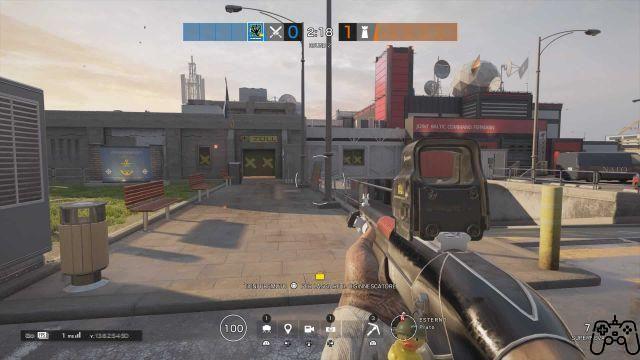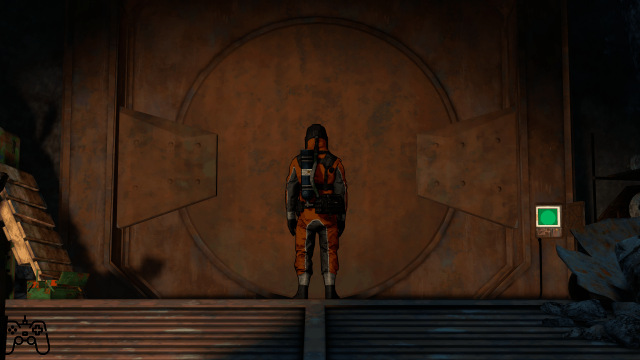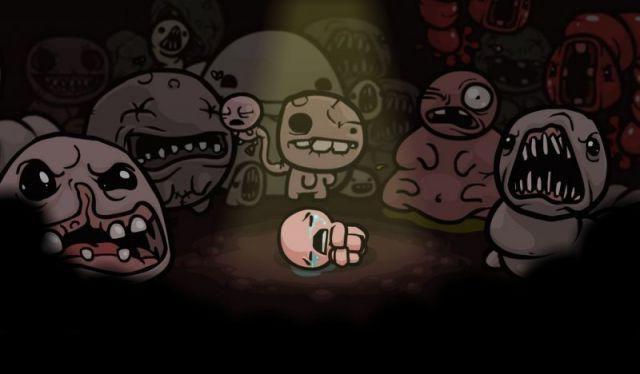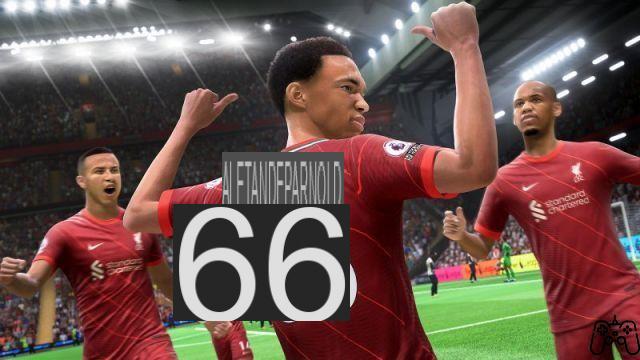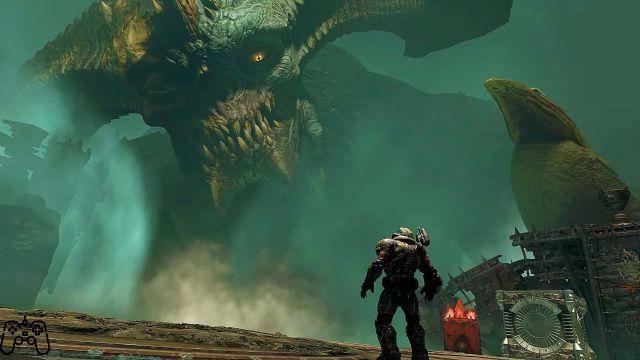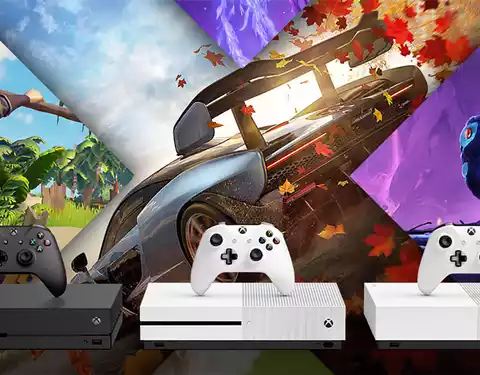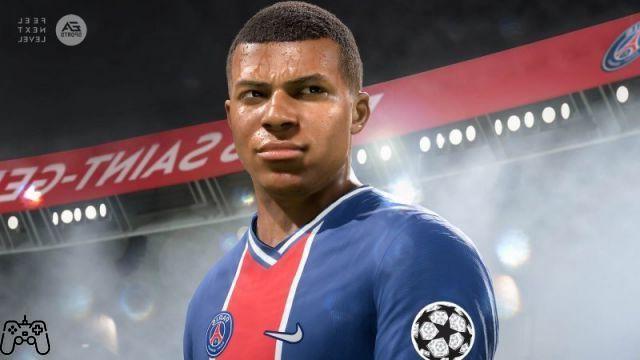It is said that either you die a hero or you live long enough to become the villain, and the brand of Assassin's Creed undoubtedly followed this second example. Certainly the saying does not speak of what happens next, of how a similar product can get back on track: if in fact Syndicate had unfortunately shown the tiredness reached by the brand, Origins and Odyssey have definitely reversed the game. And what happened next, in the third chapter of the Layla saga, we are going to tell you: it's time for Assassin's Creed Valhalla review.
In the world map of Assassin's Creed there are many where and when that led us to experience stories related to the eternal struggle between these two factions. Call them Occult e PAVEMENTS, Assassins e Templars, but ultimately since the first chapters of the series we have known this duality. After the countless locations visited, including the recent Egypt and Greece, now it is the turn of Norway, or rather the Nordics: in fact the story of Eivor, right from the start, it has been described as a story of expansion towards England, an adventure in search of new lands for its people. If there is one thing that the saga has always managed to do well, it is precisely the historical setting: each chapter, narrating fantasy plots, always finds a real world as its outline, studied in detail. Therefore, starting from this assumption, the first thing we need to analyze in this review of Assassin's Creed Valhalla is precisely the plot, the historical reconstruction, the way in which everything is narrated and even the style used.
The Eivor Saga
In the new Assassin's Creed impersonated Eivor, a Norse warrior who together with his people will set out in search of new lands to colonize and raid. We avoid the details of the incipit and all the rest because most of the plot must definitely be discovered by playing it. What we can say, however, is that we were not faced with a writing so well done by many chapters: although some of the dynamics often turn out to be well-placed clichés, after all the story of Assassin's Creed Valhalla (we are talking about both, that of the present and that of the past) intrigues, glues the player to the console and pushes to discover every little detail.
Perhaps approaching the years we have lived together with Altair, or the fact that the developers remembered the title of the game, led this chapter to have many points of contact with the foundations of the brand. The addition of some gameplay dynamics, combined with a tale that winks at recent RPGs, manages to convey an interweaving that almost feels like a breath of fresh air compared to the flat plots of the pre-Origins chapters. Yet no epic tale can exist without noteworthy characters: for this reason Assassin's Creed Valhalla offers a plethora of interesting characters and characterized to perfection. Certainly the aesthetics of some secondaries are not very inspired, but otherwise we find ourselves in front of Danes, Nordics and Saxons who are able to remain impressed for the way they speak, for what they say and even for the faces they make.
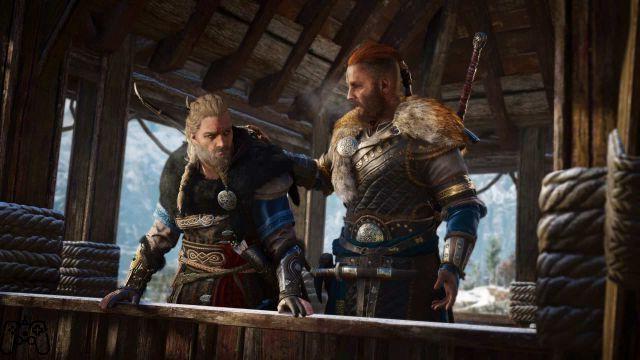
The story itself also undergoes a light but effective comic lash: although Eivor is not the most hilarious character in the series (how can we forget theEzio of Assassin's Creed II), those who walk around it occasionally manage to snatch a few smiles wisely. Unfortunately, it takes a little effort from the player to enjoy them to the fullest, as some expressions still do not succeed so well to express themselves to the maximum, but it seems that the path is the right one. To conclude the "story" package offered by Assassin's Creed Valhalla we think the crazy and desperate studio that the guys of Ubisoft Montreal must have done: the various characters that will in fact surround our Eivor they often really existed, or at least with many details in common. Finally, there is no lack of citations related to characters made famous by the various media productions linked to this Norse world (one above all the TV series Vikings) and obviously there are abundant stylistic references to those works that have already defined the Nordic world, with all the its divinities and its uses and customs.
Despite therefore the lack of that technology that perhaps Unity or Syndicate had given us, Assassin's Creed Valhalla demonstrates that the brand does not need a plot closer to our days, but a functional, intriguing narrative system and a story worthy of the name. Obviously, however, a gameplay studied to perfection cannot be missing, a fundamental part of a video game.
With an ax
Assassin's Creed Valhalla seems to be the genetically worked child between the pillars of the series and the continuous evolution of the video game (intended as a medium). If we usually say that the third time is the good one, then we can definitively say goodbye to the old 'let's attack one at a time' system: that combat system that focused more on scenic construction than on real gameplay has been completely canceled from the series, abandoned to a decade that perhaps could have endured it, but which is now obsolete. It seems, however, that the designers have not forgotten a few details, and in our review of Assassin's Creed Valhalla we give you proof. Perhaps the need to articulate more complex battles made up of more enemies, or the desire not to forget one's roots, has led this game to change many of the technical dynamics of the combat system experienced in Origins e Odyssey, leaving the system intact but changing the feeling.
The first thing you notice right away is the Stamina management: similar to soulslike as regards attacks and consumption, however, it does not penalize the player when the hit hits, thus rewarding a fight without misses, saved or damage taken. This bar is positioned below that of life, which in turn is lower than that of special attacks: relegated to books to be found around the map, these will be assignable to the four keys of the pad both for melee attacks than remote ones, thus giving 8 slots available. The GDR component then continues with i talents, a sort of spherography that will lead you to choose between Stealth, Combat and Distance: obviously each unlocked dot (each level will give you 2 Talent points to assign) will enhance the character, thus allowing you to improve it in the style you prefer. At the center of these interconnected mini constellations you will always find an ability, which once unlocked will make Eivor ever closer to your dream Viking warrior.
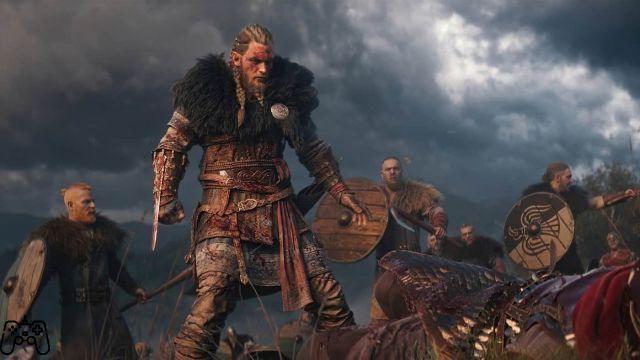
The combat system is structured on the choice of equipment: although you can wear a Eivor a hood, a bust, a pair of trousers, forearms and a helmet (you can rest assured you can disable the aesthetic rendering of each piece individually, however giving bonuses to the character without obscuring the face, for example), you will also have to choose a type of bow and arms for both hands. In this case, two-handed weapons will occupy both slots, while one-handed weapons will be free and can be alternated as you see fit. So if you prefer ax and shield, double ax or ax and flail, the choice is yours. With the first right backbone, however, you will make a light attack, with the second the heavy one, while to dodge you will always have to use square / X. The interesting thing develops around the first left dorsal key: if in fact you will hold a shield, it will allow you to keep your guard, while if you have a second weapon or a two-handed weapon, you will unlock a special attack. Don't worry though, because by pressing the key at the right moment you will make a counter-parry that will decrease the enemy's stamina, and that if reset will unlock a final scenic and violent attack. Bringing the enemy's stamina bar down to zero can actually be done with well-aimed heavy attacks or arrow shots at weak spots (marked with a bright glow when aiming).
There is no shortage of interesting boss fights to face, noteworthy fights and parts of the game that are more difficult to overcome. The most intriguing part, however, remains undoubtedly the assault on the fortresses: full of enemies to kill, they will present many characters on the screen, but above all they will allow you to focus on single enemies, aim to destroy those who attack from a distance, unlock the doors to facilitate entry or even kill the ultimate enemy. We talked about different fights, and actually with a keen eye it immediately jumps to the view like Assassin's Creed Valhalla has reinserted a series of enemies capable of encircling our Eivor, attacking it from several fronts (this time simultaneously). In fact, it seems that the style, perhaps deliberately due to the setting, has returned to its origins (without however falling into the old gameplay). Another striking detail concerns the response to these fights: a well-placed shot can break a shield, make an enemy fly or change the dispositions, which requires almost perfect physics.
If there is one thing that has gone back to basics, it is stealth: already from the early stages of the game, in fact, by entering forbidden villages (therefore neither hostile nor friendly), you can wear the cape and hide in full view: to do this you will have to walk slowly, avoid close contacts and occasionally use the setting to hide ( sit on a bench, fit in with people, start doing some activity). If you are not a player of the first Assassin's Creed you will not notice it, but this dynamic is a simple evolution (on a large scale) of the gameplay of the first chapter, this time obviously inserted within a much more complex gameplay. All in all it is interesting, although there is no difference between doing everything in a hidden way or attacking every enemy with a sword in the face.
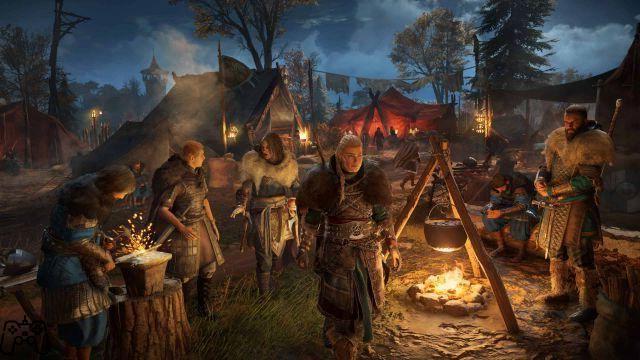
Valhalla I'm on my way
In Norse mythology the Valhalla is a gigantic hall of Asgard where every warrior, once dead in battle, finds himself at Odin's side to prepare for the great battle of Ragnarok. We can say that Assassin's Creed Valhalla is the Valhalla of the series, a meeting place between the old roots that we have known with Altair, Ezio, Connor, Edward, Arno, Jacob e Evie, and the new customs seen with Bayek, Alexios e Kassandra. Eivor it therefore becomes the torch holder of a new style of Assassin's Creed, an (almost) perfect combination of what the brand was and what it is now. In fact, if the battles are more complex, however the stealth approach becomes a valid option again. However, if the story is about a character who is not in the Brotherhood on a par with Altair or Ezio, there are still many points of connection with the two factions in play.
Another thing that certainly manages to amaze is the desire to return to tell the present in a dignified way: the series of Layla she hadn't started on the right foot, what if Odyssey he had made it resume a bit, here in Valhalla it becomes interesting, especially given the inclusion of collectibles capable of telling us new details about that mystery that, since the end of the third chapter, we had lost sight of a little.
Finally, speaking of the activities, like all Assassin's Creed the game offers main and secondary missions: the first, the fulcrum of the game, are proposed as macro-quests. Each of them is a story in its own right, a story that sees Eivor as a character arriving to help, but which proposes a story already in motion, perhaps only to be discovered and fixed with our actions. Therefore, no linear and monotonous mission, since your choices will also change their trend. The game in fact offers many dialogues that could sometimes change the relationship with that character, turn the dialogue into a fight or even alter important moments in the progress of the game. The secondary missions on the other hand, unlike the primary ones that lead the player a little by the hand (even if some phases you will have to discover them through your guide animal, Synin, the crow of Eivor), will be completely in your hands. In fact, you will have to understand what happens, try to steal the right words from the dialogues you will do and then do certain actions: this choice offers a greater complexity (which reappears even when you find yourself looking for treasures) but a decidedly interesting final satisfaction.
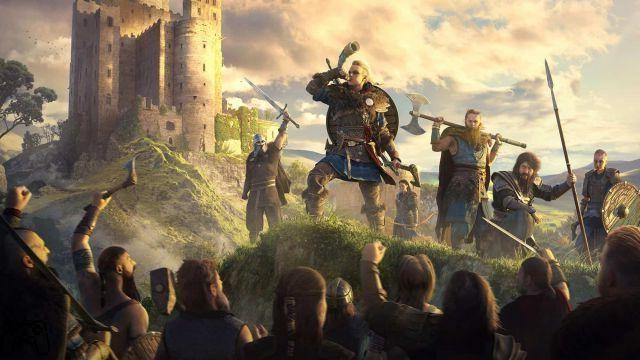
Another novelty is the Razzie, phases in which you will attack villages together with your troop to take some treasures (equipment, skill books) and resources, necessary to grow your camp (so as to unlock new functions). In this way your village will become a zone to be able to carry out some interesting quests, to improve your armament (by changing values, rune slots, aesthetics and even upgrade slots) and to change the appearance of Eivor (with tattoos and hairstyles that you can buy or find around). As you advance, you can recruit new soldiers, unlock features like hunting prized beasts, collecting Roman artifacts, and more.
Your village - but don't worry, they will also be present in the others - will also become a testing ground for secondary activities such as drinking competitions, playing Orlog (an interesting dice game) and engaging in teasing, a sort of battle of rhymes that will allow you to increase your charisma and to unlock lines of dialogue with some characters during the story of the game.
Attention to detail
Assassin's Creed Valhalla shows an obsessive care for every single detail: the way in which the commands respond to the actions (except for those annoying bugs that sometimes see the character hitting invisible walls) and what you can do is unparalleled in the history of the series. Dodging will give you the opportunity to do somersaults, throwing yourself aiming with the bow will slow down time to improve your aim and setting houses and land on fire will inexorably lead those flames to spread. All this is certainly more visible in boss fights and raids, but the freedom of the game itself, merged with these functions, allows Assassin's Creed Valhalla to be the most free and open game of the series.
From a technical standpoint, our Assassin's Creed Valhalla review was done on one Xbox series s: this means playing it at 60 FPS, something impossible until recently on consoles. The game is fluid, and despite some drops (remember that we tried the game before day-one, so we are confident of a patch) it shows its frames perfectly. This benefits the whole experience, which is now qualitatively better. Unfortunately, the usual bugs of this series recur: making such a large game unfortunately brings some problems every now and then, but nothing so damaging the final experience. Aesthetically, the locations are fabulous, the details fantastic and the faces of the characters well made (to the detriment of the secondaries). The English dub is well done, as is the Italian one, which perfectly captures the nuances of the dialogue and displays fantastic localization even when the characters battle songs.
USEFUL INFOI played and completed Assassin's Creed Valhalla on Xbox Series S, thanks to a promotional code provided by the publisher. I played the title for over 60 hours, focusing on the main story without abandoning the side missions I encountered. I took advantage of the various exploration systems and tried all the experiences that the game offers.
Duration- Very high longevity: the main story takes about 50 hours, while adding secondary, activities and extras you get up to 80/90">90 hours
- The game offers a renewed gameplay, with a strong RPG component like the two previous chapters but with a system that dusts off stealth, fights with numerous enemies and faster gameplay.
- Unguided secondaries are interesting, but what it captures is the search for treasure during raids, as they require ingenuity to find the right entrances.
- Game Name: Assassin's Creed Valhalla
- Release date: November 10, 2020
- Platforms: Google Stadia, PC, PlayStation 4, PlayStation 5, Xbox One, Xbox Series X
- Dubbing language: Italian
- Texts language: Italian
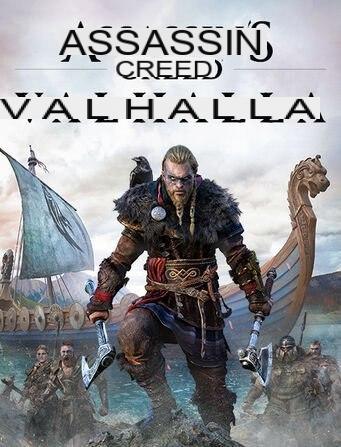
Assassin's Creed Valhalla, like a marriage between Danes and Saxons, brings the old guard together with the new. The gameplay is layered, well structured and features non-intrusive but interesting RPG mechanics. On the other hand, the combat system takes up some old practice ante-bayek and adapts it to a stamina-based fighting style, adding interesting skills to unlock, many choices to approach the fight and an unrivaled freedom of use.
What is striking, however, outside of the gameplay, is the story: for the first time the smell that is heard in this Assassin's Creed Valhalla is that of the series, with all the advantages that derive from it and without the historical disadvantages. The plot is well built, the dialogues fantastic and well structured, the activities manage to give space to Norse customs and the authorial choices are striking as they are much closer to the soul of the series than they were in the last games.
Assassin's Creed Valhalla is a return of the saga to the old glories, when players were fascinated by the brand and the chapter of the series managed to capture thanks to its charm. Let's say it took him some time, almost to walk along the scenic route, but now it really seems to be back home.
Review by Simone LelliGraphics
An attention to detail unmatched in the series: the reflections, the dynamic responses of the physics and the way the lights hit the camera are fantastic. Although it was tested on the less powerful Next-Gen of the moment, the game marks a significant leap forward compared to the previous one, and the care of the settings and the characters makes England and those who step on it fantastic to see.
90">90
SOUNDTRACK AND DOUBLE ROOM
The music of Assassin's Creed Valhalla is perfect for the situation, despite not striking for their epic. Perhaps a placement that is not really a protagonist makes it a fantastic accompaniment, but nothing more. Superlative Italian dubbing, as always in the series: each character finds his perfect voice, the inflections are studied to perfection and every detail, even those related to Norse culture, are beautifully reproduced and localized.
85
GAMEPLAY
The union between old and new offers an almost perfect gameplay: the fights are fast and studied, dynamic and stylistically well cared for. The main missions offer intriguing stories, while the secondary missions test the player's intellect. Collectables, challenges and so on are finally the icing on the cake that is this gameplay, something that has not been seen in the series for a long time.




